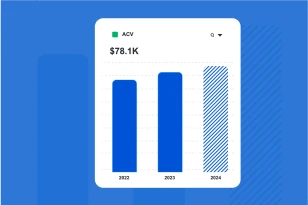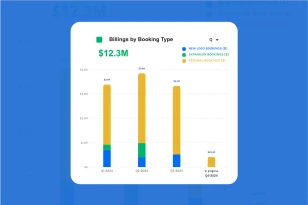What is COGS Expense as a Percentage of Revenue?
COGS (Cost of Goods Sold) Expense as a Percentage of Revenue is a financial metric that indicates the proportion of a company’s total revenue that is consumed by the direct costs associated with producing or purchasing the goods or services sold.
Why is it Important to Measure COGS Expense as a Percentage of Revenue?
Measuring COGS Expense as a Percentage of Revenue is important for several reasons:
- Profitability Analysis: It provides insights into the relationship between the direct costs of goods or services and the total revenue generated. Analyzing this percentage helps assess the company’s profitability and cost efficiency.
- Margin Assessment: The metric is a key component in margin analysis. By understanding the portion of revenue allocated to covering production or acquisition costs, businesses can evaluate their gross profit margins.
- Operational Efficiency: Monitoring COGS as a percentage of revenue helps evaluate operational efficiency. A lower percentage indicates more efficient operations, as the company is able to generate revenue while minimizing the direct costs associated with producing goods or services.
- Cost Management: Businesses can use this metric to identify trends in direct costs over time. Changes in the percentage may prompt a closer examination of cost management practices and the need for adjustments.
How Do you Calculate COGS Expense as a Percentage of Revenue?
COGS Expense as a Percentage of Revenue is expressed as a percentage and is calculated by dividing the Cost of Goods Sold by the Total Revenue and then multiplying by 100 to get the percentage.
COGS Expense as a Percentage of Revenue Formula
(Cost of Goods Sold / Total Revenue)×100
For example, if a company has $500,000 in Cost of Goods Sold and generates $1,000,000 in Total Revenue, the COGS Expense % of Revenue would be 50%(1,000,000500,000)×100=50%.
It’s important to note that COGS includes costs directly associated with production or acquisition, such as labor and manufacturing expenses.
How To Improve COGS Expense as a Percentage of Revenue?
Improving COGS Expense as a Percentage of Revenue involves strategies to reduce the direct costs associated with producing or purchasing goods and services. Here are key approaches:
- Supplier Negotiations: Negotiate favorable terms with suppliers to secure lower costs for raw materials and components. Building strong relationships with suppliers can lead to cost savings.
- Economies of Scale: Increase production volume to benefit from economies of scale. Larger production runs can result in lower per-unit costs, reducing the overall COGS as a percentage of revenue.
- Technology Adoption: Embrace technology to automate and optimize manufacturing processes. Automation can improve efficiency, reduce labor costs, and lead to a more competitive COGS percentage.
- Product Redesign: Consider redesigning products to reduce cloud storage and infrastructure costs .
- Supplier Diversification: Explore alternative suppliers to diversify sources and potentially negotiate better pricing. A diverse supplier base can also mitigate risks associated with reliance on a single supplier.
- Outsourcing: Evaluate outsourcing options for certain components or processes. Outsourcing can sometimes lead to cost savings and improved efficiency, impacting the overall COGS as a percentage of revenue.
By focusing on these strategies, businesses can work towards improving their COGS Expense as a Percentage of Revenue, leading to enhanced profitability and a more competitive cost structure. Regular monitoring, analysis, and adaptation based on performance data contribute to sustained improvements over time





